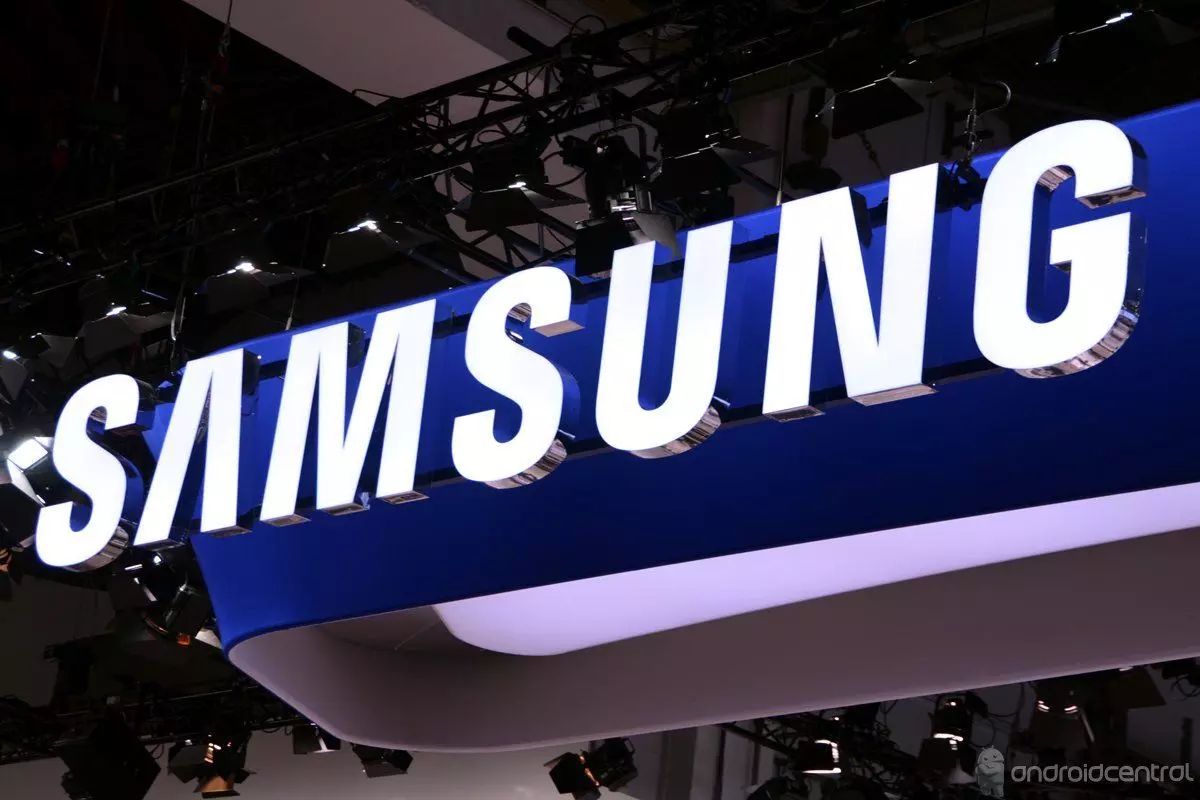
Samsung tops Indian smartphone market in Q3
text_fieldsNew Delhi: Smartphone giant Samsung has maintained its top position in India’s smartphone market in the third quarter (Q3) with an 18 percent market share and a 7.9 million-unit shipment.
Xiaomi advanced to the second position with a shipment of 7.6 million units, primarily fuelled by the release of its affordable 5G models.
Shipping 7.2 million units, Vivo dropped to the third spot, while Realme and OPPO (excluding OnePlus) completed the top five by delivering 5.8 million and 4.4 million units respectively, according to market research firm Canalys.
As the market moves toward a gradual recovery, India recorded over 43 million shipments in Q3 2023.
Although there was a 3 percent year-on-year decline in shipments, the quarter witnessed an improved consumer environment, allowing vendors to capitalise on newly introduced devices.
“In Q3, smartphone brands strategically promoted their festive product lineup, with a strong emphasis around budget-friendly 5G options,” said Sanyam Chaurasia, senior analyst at Canalys.
The entry-level segment experienced a surge in demand as vendors introduced mass-market 5G models.
“On the other hand, the premium segment continued to experience robust growth. It was driven by Samsung's S23 series and older-generation Apple iPhones, such as the iPhone 14 and iPhone 13, being offered at attractive deals during the festive sales,” added Chaurasia.
The market also witnessed the re-entry of HONOR via a strategic joint venture route with HTech and launched its HONOR 90 model.
“While the top five brands witnessed a year-on-year decline, the remaining players have been resilient and stabilised the overall market shipments,” Chaurasia said.
Brands such as OnePlus, Infinix and Tecno witnessed strong growth mainly due to expanding channel presence, increased offerings and few carried positive momentum from the chip shortage period of 2021.
“Despite the market gaining consumer confidence in the second half, the road to recovery will be challenged by global economic concerns,” said Chaurasia.
The growth in 2024 hinges on uncertain macroeconomic factors, particularly affecting the vulnerable entry-level segment.
“To maintain market share, vendors should prioritise reducing channel pressures and building a lean product portfolio. They should have ‘hero models’ in each price segment while maintaining balanced inventories across channels,” the report mentioned.
With inputs from IANS























